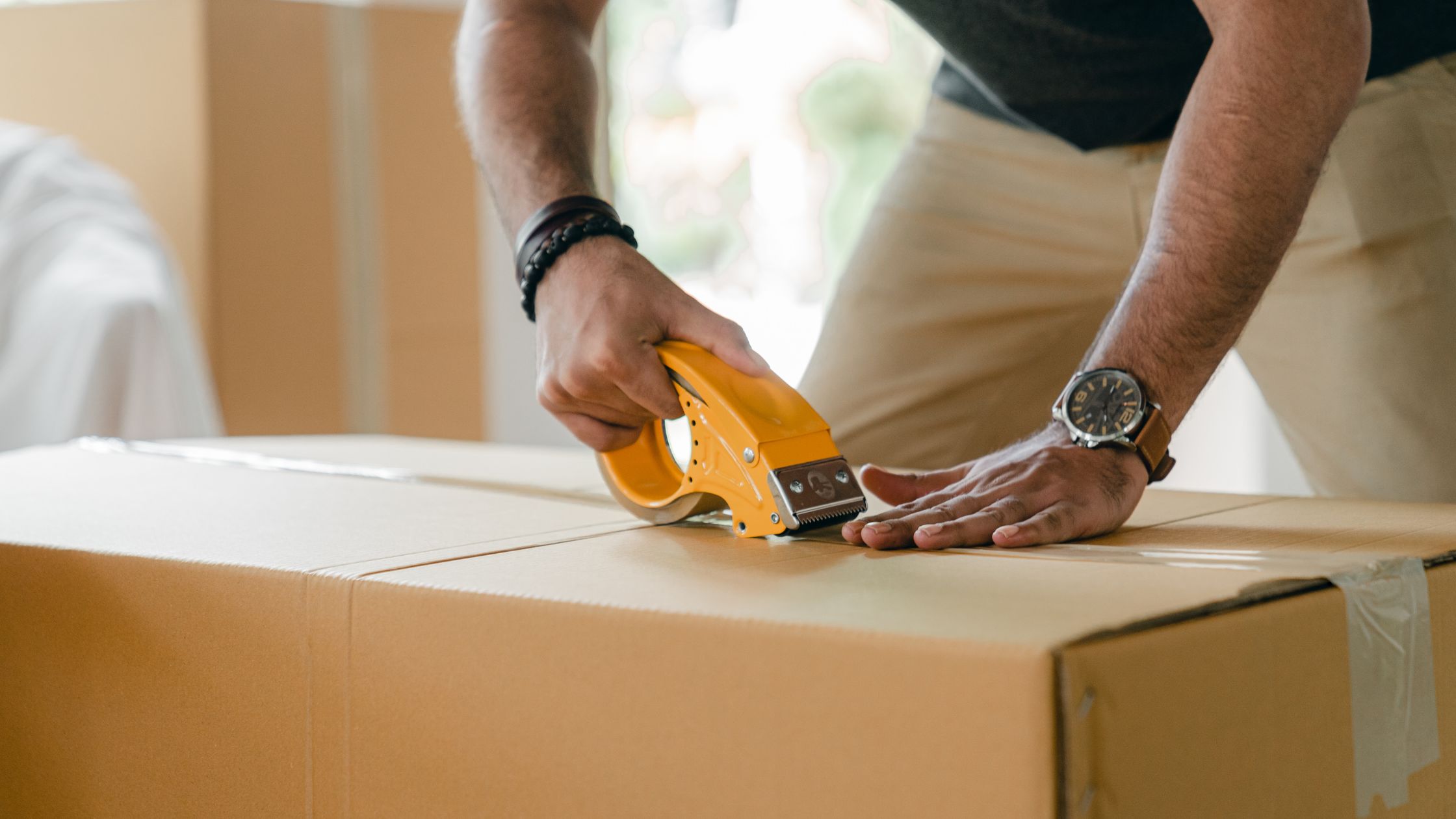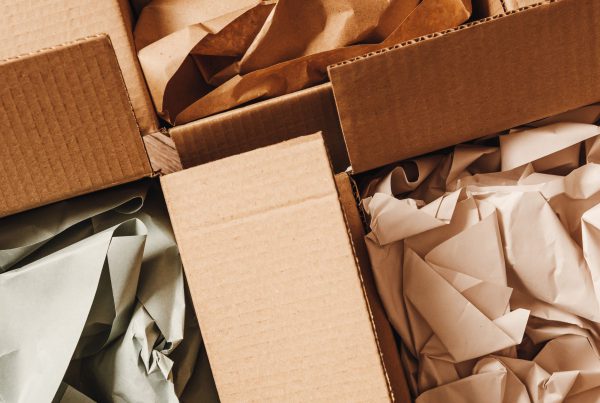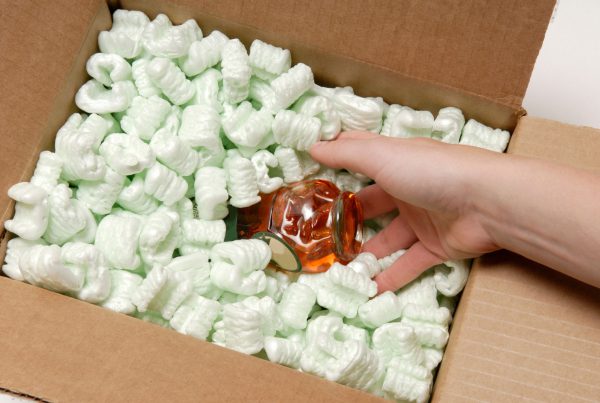Ever wonder why some packages arrive looking like they’ve been through a war zone? Approximately 30% of products are damaged during shipping due to inadequate packaging. That’s a crazy stat, right? It highlights the importance of selecting the right boxes for your items. Whether you’re shipping fragile electronics, gourmet cakes, or heavy industrial materials, the right packaging makes all the difference. It ensures your shipments land safely in your customers’ hands.
In this guide, we’ll walk you through the process of selecting the best boxes for your shipping needs. You’ll receive practical tips to ensure your products remain safe and secure during transit.
Key Takeaways
- Selecting the right box can prevent 30% of shipping damages.
- Different items need specific types of specialized shipping boxes.
- Understand your shipping needs to make smart choices.
- Proper packaging solutions ensure product safety.
- The right size and material are critical for various shipping requirements.
- Look for features that boost durability and protection.
Understanding the Importance of the Right Shipping Box
Choosing the right shipping box isn’t just about slapping a label on something and calling it a day. It’s about protecting your products during their journey. Quality packing materials shield your items from impacts, moisture, and temperature swings. Plus, the right boxes make your brand look dependable—nobody trusts a company that delivers smashed goods, you know?
Safe shipping begins with understanding the challenges your packages may encounter. For example, box shipping international can expose them to rough handling or extreme conditions. Using sturdy international boxes shipping helps ensure your products arrive in one piece, no matter how far they travel.
When packing, think about the weight, size, and fragility of your items. This helps you pick the perfect box. Taking a moment to choose the right packaging shows your customers you care about their experience, and that’s a win for your brand.
Consider Your Shipment Needs
Picking the right box starts with knowing what you’re shipping. Does your product require a specific temperature, such as perishable food? Or can it handle standard conditions? These details can make or break the success of your delivery.
Several factors influence your packaging choice. The destination is a big one—domestic and international shipments have different demands. The shipping method (land, air, or sea) matters too. And let’s not forget customer expectations. If you’re shipping something delicate, like a wedding cake, you’ll need extra care with cake shipping boxes to keep it looking perfect.
In short, thinking through your needs helps you choose the best box. This ensures your items arrive safely and keeps your customers smiling.
Specialized Shipping Boxes
Every item deserves a little care and attention during shipping. Specialized shipping boxes are designed to give your products the protection they need. For instance, shipping cake boxes are built to safeguard delicate baked goods, keeping their shape and frosting intact.
Other items also require tailored solutions. Fragile electronics might require boxes with foam inserts to prevent damage. By choosing the right box, you ensure your products arrive without a scratch, no matter how bumpy the ride.
Determining Box Types for Specific Products
Matching your product to the right box is crucial. Each item has unique needs. Cake shipping boxes have sturdy walls to prevent squishing, while electronics need soft padding to absorb shocks. Knowing what you’re shipping helps you pick a box that keeps your items safe and presentable.
For heavy or bulk items, consider a Gaylord box. These oversized containers are ideal for shipping large quantities or heavy materials, ensuring everything remains secure and organized.
Key Features to Look For
When shopping for boxes, don’t just grab the first one you see. Focus on features that matter:
- Box durability – Strong materials that can handle rough trips.
- Moisture resistance – Protects your items from rain or humidity.
- Cushioning capabilities – Soft padding to cradle your products.
- Reinforced edges – Add extra strength to prevent crushing.
These features ensure your items arrive in great shape. Plus, good packaging can save you money by reducing damage and lowering shipping costs. Honestly, who doesn’t love a win-win?
Choosing the Right Size Box
Picking the correct box size is a game-changer for both cost and safety. A box that’s too big wastes space and money, while one that’s too small risks damage. Measuring your items accurately is the first step to getting them right.
How to Measure Items for Shipping
When measuring, grab a tape measure and focus on length, width, and height. Don’t skip odd-shaped items—they need love too! Here’s a quick guide:
- Length: Measure the longest side of the item.
- Width: Measure the shortest side perpendicular to the length.
- Height: Measure the tallest side vertically.
Choose a box that’s slightly larger than your measurements to allow for padding. This keeps your items snug and secure, especially when using a loading box for side-loading convenience.
Maximizing Space Efficiency with Protective Materials
Using packing materials wisely is key to keeping your items safe. Bubble wrap, packing peanuts, or thermal insulation fill gaps and prevent movement. Here’s how to make them work:
- Bubble wrap: Wrap fragile items to protect them from shocks.
- Packing peanuts: Fill empty spaces to stabilize larger items.
- Thermal insulation: Protect temperature-sensitive shipments.
These tricks help your box fit perfectly, making your shipping smoother and your deliveries happier.
Selecting Durable Materials for Packaging
The materials you choose for your boxes are a big deal. They determine how well your items withstand the rigors of transit. Corrugated cardboard is a go-to material due to its strength and versatility, making it ideal for most shipping needs.
For fragile or high-value items, rigid boxes offer extra protection and a premium feel. Each material has its strengths, such as moisture resistance or shock absorption. Knowing these helps you pick the best option.
Here’s a quick breakdown of common box materials:
| Box Material | Protective Qualities | Advantages | Considerations |
| Corrugated Cardboard | High strength, moisture resistance | Lightweight, cost-effective | May not withstand extreme conditions |
| Rigid Boxes | Superior protection for delicate items | Elegant appearance, reusable | Typically more expensive |
| Bubble Mailers | Shock absorption | Flexible, lightweight | Limited protection for heavy items |
Choosing the right material, like a Gaylord box for bulk shipments, ensures your products arrive in top condition.
Utilizing Temperature Controlled Boxes for Sensitive Items
Shipping sensitive items? Temperature controlled boxes are your best friend. They maintain the optimal temperature for perishables, pharmaceuticals, and heat-sensitive products with advanced insulation and cooling systems.
Industries such as food and healthcare rely on these boxes to prevent spoilage and damage. For example, cakes or chocolates shipped in temperature controlled boxes arrive fresh, even over long distances. If your products are sensitive to temperature fluctuations, these boxes are essential to protect your investment and keep customers satisfied.
Understanding Shipping Regulations and Standards
Navigating shipping rules can feel like a maze, but it’s essential for smooth deliveries. Different items and destinations have unique regulations, especially for international shipments. Following these rules prevents delays and fines.
Packing standards ensure your boxes meet legal requirements. Regulatory groups establish guidelines for proper packaging, ensuring your shipments remain compliant. Whether you’re a business or an individual, understanding these rules helps you plan more effectively, protect your assets, and provide timely deliveries.
Conclusion
In today’s fast-paced e-commerce world, mastering shipping is essential for success. Good packaging isn’t just about protection—it’s about delighting your customers. By selecting the right boxes, such as shipping cake boxes or Gaylord boxes, you can ship with confidence and enhance your brand.
Evaluating your shipping needs and selecting the right box sizes are key steps. They help you stay compliant with regulations and pack efficiently. Quality packaging keeps items safe and creates a memorable unboxing experience, which builds customer loyalty.
| Factors | Impact on Shipping |
| Box Selection | Ensures items fit snugly, reducing movement and damage risk |
| Material Quality | Affects durability and protection during transit |
| Regulatory Compliance | Avoids delays and penalties, ensuring timely delivery |
About The Boxery
At The Boxery, we understand that excellent packaging is the backbone of a stellar shipping experience. We offer a wide range of specialized shipping boxes to meet every need. Whether you’re shipping delicate cakes or bulk materials, we’ve got the perfect solution.
Our boxes, from cake shipping boxes to robust Gaylord boxes, are designed to ensure your products arrive safely. We’re committed to quality so that you can ship with confidence. Every box is carefully crafted, ensuring durability and efficiency for your shipments.
Let The Boxery simplify your shipping challenges. Contact us today to discover how our solutions can elevate your packaging strategy. We’re here to help you every step of the way.
FAQ
What are cake shipping boxes, and how do they work?
Cake shipping boxes are specially designed to protect cakes during transit. They feature extra padding and insulation to prevent damage and maintain the right temperature, ensuring your cakes arrive fresh and intact.
What is a Gaylord box, and when should I use it?
A Gaylord box is a large, sturdy container ideal for shipping heavy or bulk items. Use it when you need to transport large quantities or pack multiple items together securely.
Are temperature controlled boxes necessary for shipping perishables?
Absolutely! Temperature controlled boxes are essential for perishables like cakes or chocolates. They maintain a consistent temperature, keeping your items fresh, especially for international shipping in boxes.
How do I choose the correct shipping box size for my products?
Measure your item’s length, width, and height, then choose a box that’s slightly larger to allow for padding. A loading box can be great for easy packing and secure shipping.
What materials should I consider when choosing a shipping box?
Opt for durable materials like corrugated cardboard for versatility or rigid boxes for fragile items. For bulk shipments, Gaylord boxes offer the strength you need.
What key features should I look for in specialized shipping boxes?
Prioritize boxes with reinforced edges, moisture protection, and ample padding. These features keep delicate items, such as cakes or glassware, safe and can help reduce shipping costs.
How can I maximize space efficiency when packaging items?
Use protective materials, such as bubble wrap or packing peanuts, to fill gaps. This adds stability and protection, ensuring your items stay secure in a loading box or other specialized boxes.
What do I need to know about shipping regulations and standards?
Understanding regulations, especially for international box shipping, is critical. Different destinations have specific rules, and compliance ensures your packages arrive on time and in good condition.
Can I use standard boxes for international shipping?
Standard boxes can be used, but ensure they meet the size and weight requirements for your destination. For extra protection, consider international shipping solutions designed for long-distance travel.





Recent Comments